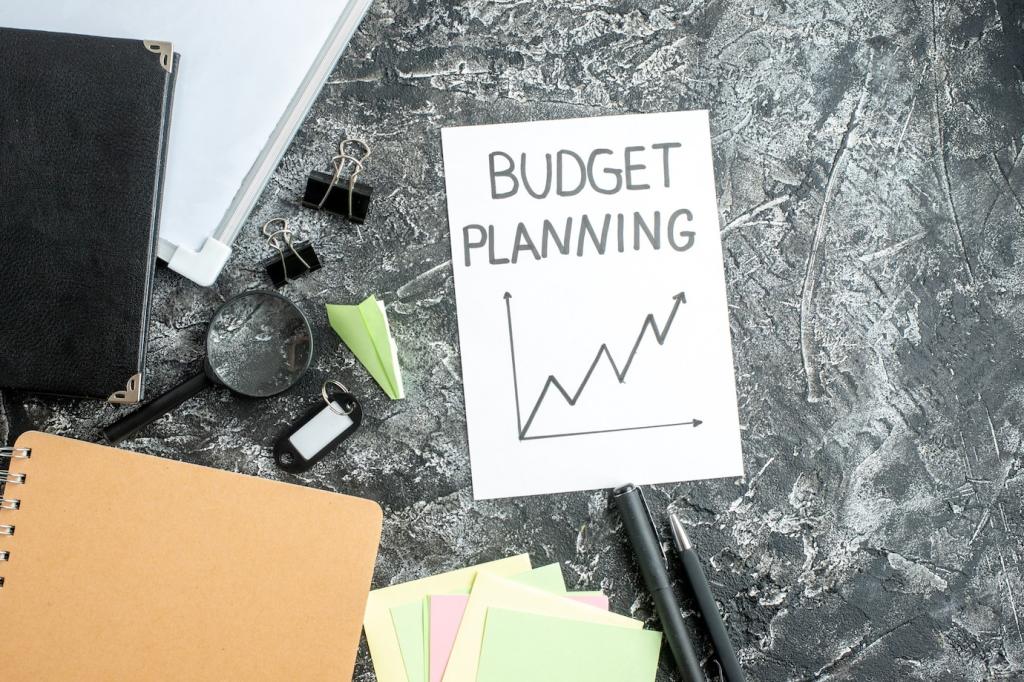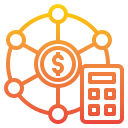Debt Management Strategies for Beginners
Chosen theme: Debt Management Strategies for Beginners. Welcome! If you’re taking your first brave steps toward controlling debt, you’re in the right place. Today we’ll simplify proven strategies, share real-life wins and slip-ups, and invite you to join a friendly community focused on sustainable, beginner-ready progress.
Get Clear on What You Owe: Types, Terms, and Interest
Make a Complete Debt List
Write down every creditor, balance, APR, minimum payment, due date, and account number. Include credit cards, personal loans, buy-now-pay-later, medical bills, and student loans. Seeing it all in one place turns a fog into a plan. Share your list format with us!
Decode Your Statements and APRs
APR tells you the yearly cost of borrowing, but the daily periodic rate determines how fast interest grows. Watch for variable APRs and promotional periods expiring. Mia discovered a teaser rate had ended; one phone call lowered her rate again, saving real money monthly.
Spot Fees and Traps Before They Snowball
Late fees, penalty APRs, and over-limit charges add up fast. A single missed payment can trigger higher rates across accounts. Set calendar alerts, enable autopay for minimums, and turn on email or text notifications. Tell us which alert saved you from a fee this month.



Build a Beginner-Friendly Budget That Actually Fits Your Life
Start with the 50/30/20 rule or try zero-based budgeting if you want extra control. Envelopes (digital or paper) help curb impulse spending. For the first sixty days, pick just one method and stick with it. Consistency beats perfection when building momentum.
Build a Beginner-Friendly Budget That Actually Fits Your Life
Download your bank transactions, categorize spending, and schedule a 15-minute weekly money check-in. You’ll likely find forgotten subscriptions or quiet leaks in dining out. One reader cut $86 in recurring charges in a single afternoon. Share your biggest discovery to encourage fellow beginners.
List debts from smallest to largest balance. Pay minimums on all, then throw extra at the smallest. Each payoff fuels motivation. Carla cleared two tiny balances in six weeks and finally felt momentum. If morale is your biggest hurdle, snowball might be your best ally.
Snowball vs. Avalanche: Pick Your Paydown Path
Order debts by highest APR. Attack the top rate while making minimums elsewhere. This method saves the most money over time. Jacob saved hundreds by knocking out a 27% card first. Track “interest avoided” to stay inspired when progress feels slower than snowball’s quick wins.
Snowball vs. Avalanche: Pick Your Paydown Path

Explain you’re committed to repayment, mention your on-time record, and ask if any promotions or hardship programs apply. Some lenders offer temporary APR reductions or waived fees. One reader secured a six-month 0% window and redirected savings to principal. Try one call this week.

Align due dates with paydays to avoid mid-cycle cash crunches. Request autopay for minimums so you never miss a payment, then make additional principal payments manually. Keep notes of who you spoke to and what was promised. Reconfirm changes in writing via email or chat.

Nonprofit credit counseling can simplify payments through a Debt Management Plan with negotiated rates. There are trade-offs, so vet agencies carefully and avoid upfront-fee scams. If calls feel overwhelming, a counselor provides structure and accountability. Comment if you’ve tried counseling and what you learned.
Habits That Protect Progress
Automate the Essentials
Set autopay for all minimums, then schedule a calendar reminder for your extra payment. This prevents late fees while you choose each month’s debt target. Add friction to spending: delete stored cards, remove shopping apps, and delay non-essentials forty-eight hours before buying.
Guardrails for Triggers and Temptations
Freeze a card in your sock drawer, unsubscribe from promo emails, and set a weekly allowance for fun spending. Use a 24-hour rule for purchases over a set amount. Pair with an accountability buddy who checks in every Friday. Share your strongest guardrail below.
Boost Income Without Burning Out
Sell unused items, take short-term gigs, or ask for overtime selectively. Funnel windfalls using a simple rule: 80% to debt, 20% to joy, preventing burnout. Avoid high-risk, high-interest quick fixes. Small, repeatable boosts beat one unsustainable push every time.

Beginner Tools and Templates
Create columns for creditor, balance, APR, minimum, due date, extra payment, and target pay-off date. Color-code your focus debt and add a progress bar formula. Review weekly to stay honest with yourself. A plain sheet beats a perfect system you never use.
Beginner Tools and Templates
Budgeting apps categorize spending, payoff calculators model snowball and avalanche, and banking apps send alerts. Prioritize privacy and costs, and disable features that tempt overspending. Try only one new tool per month, then evaluate if it genuinely simplifies decisions and supports your chosen strategy.
Keep Utilization Low, When Possible
Credit utilization measures balances against limits. Aim to pay down high-usage cards first or make multiple payments monthly. Consider requesting a limit increase only if you won’t spend it. Avoid closing old accounts that help your length of credit, especially while paying down.
Protect Payment History Above All
A single 30-day late mark can linger for years. Autopay the minimum on every account, then add extra principal payments manually. If a crisis hits, call lenders before you miss a due date. Document agreements carefully so you can prove terms later if needed.
Check Reports and Dispute Errors
Review your credit reports regularly for incorrect balances, duplicate accounts, or misapplied late payments. Dispute inaccuracies promptly and follow through until resolved. Consider a fraud alert or credit freeze if you suspect identity issues. Share one thing you’ll check on your report this week.
